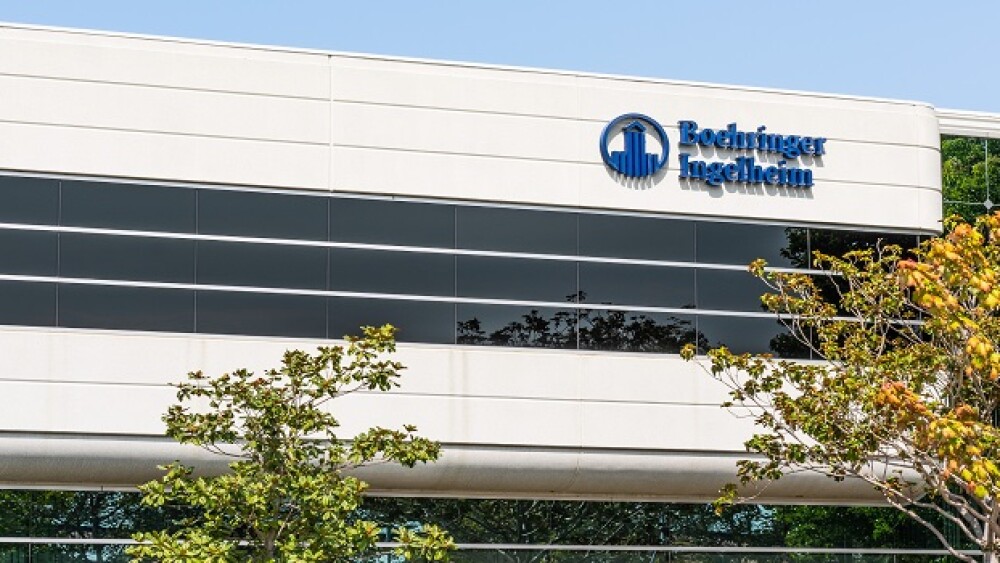MINNEAPOLIS, Sept. 24 /PRNewswire/ -- Cardiovascular Systems, Inc. (CSI) announced today that the U.S. Food and Drug Administration (FDA) has cleared the use of the Diamondback 360(TM) Orbital Atherectomy System (OAS) for removing plaque blockages in the legs (peripherals) and restoring blood flow. The device offers a promising new alternative for treating complex diffuse disease for patients suffering from Peripheral Arterial Disease PAD.
The clearance follows the successful completion of a rigorous clinical study involving 124 patients, which demonstrated dramatic plaque reduction in leg arteries with lasting results. The OASIS trial exceeded the FDA's Objective Performance Criteria (OPC) on multiple key measurable endpoints including the amount of plaque reduced, percentage of patients that did not require repeat procedures, and the overall safety and efficacy of the device. According to Dr. Daniel Dulas of Mercy Hospital and one of the physicians involved in the trial, "These results represent what I believe is a giant step forward in the treatment and care of patients with diffuse vascular disease."
The device differs from existing atherectomy technologies in its ability to remove hard, calcified plaque -- in addition to other common kinds of plaque -- using a unique "orbiting" action. A tiny, diamond-coated crown uses the principles of centrifugal force to rapidly spin or "orbit" at high speeds and sand away plaque, while preserving the healthy tissue of the arterial wall. According to Dr. P.K. Khanna of Eisenhower Hospital, "The resulting particles are about 75% smaller than red blood cells, which eliminates the need for a distal embolization protection device." Existing devices have rarely been able to penetrate and effectively remove the "brick wall" of calcium, which has limited physicians' ability to treat a vast subset of patients.
Within 48 hours of clearance, major medical centers across the country began adopting the new technology. The first doctors successfully completing procedures included Lou Lopez MD, St. Joseph Hospital, IN; Tom Davis MD, Detroit Medical Center, MI; Khusrow Niazi MD, Emory Crawford Long Hospital, GA; P.K. Khanna MD, Eisenhower Hospital, CA; and Daniel Dulas MD, Mercy Medical Center, MN. Dr. Tom Davis of Detroit Medical Center explains, "Up until now, we have not had an effective tool for treating heavily calcified vessels ... this technology is a significant breakthrough for treating PAD. The Diamondback 360 allows me the ability to offer my patients almost instantaneous improvement in restoring mobility and/or healing wounds." Dozens of patients were treated successfully within the first couple of weeks of release.
Over 12 million people in the US alone suffer from PAD; a life-threatening condition where plaque builds up on the inside walls of the blood vessels. This build-up causes the arteries to harden and narrow -- a condition known as atherosclerosis -- reducing blood flow to the legs and feet. If allowed to progress, PAD can cause debilitating pain and possibly lead to Critical Limb Ischemia (CLI), which may result in non-healing wounds and eventual amputation.
The Diamondback 360 Orbital Atherectomy System is designed to optimize the ability to remove peripheral arterial blockages, restore quality of life and save limbs. It is protected by 22 U.S. patents with additional patents pending. CSI company history, management and clinical information are available at http://www.csi360.com.
Forward-Looking Statements:
Certain statements contained in this press release and other written and oral statements made from time to time by the Company do not relate strictly to historical or current facts. As such, they are considered forward-looking statements which provide current expectations or forecasts of future events. The statements in this press release regarding (i) Dr. Dulas's belief that the Oasis clinical trial results represent a new standard of care; (ii) Dr. Davis's statement that the technology represents a breakthrough for treating PAD; and (iii) Dr. Khanna's statement on eliminating the need for distal embolization protection devices, are forward looking statements. These statements involve a variety of risks and uncertainties, known and unknown, including, among others, the risks that (i) the Company's Diamondback 360 Orbital Atherectomy System will not receive wide acceptance by physicians, (ii) the Company may encounter problems in the manufacturing or distribution of the Diamondback 360 Orbital Atherectomy System that prevent the Company from achieving anticipated growth, and (iii) physicians do not achieve satisfactory results from treating patients with the Orbital Atherectomy System. Consequently, no forward-looking statement can be guaranteed and actual results may vary materially from those anticipated in such forward looking statements.
Cardiovascular Systems, Inc.CONTACT: Carla Dahl, +1-651-259-1634, for Cardiovascular Systems, Inc.




